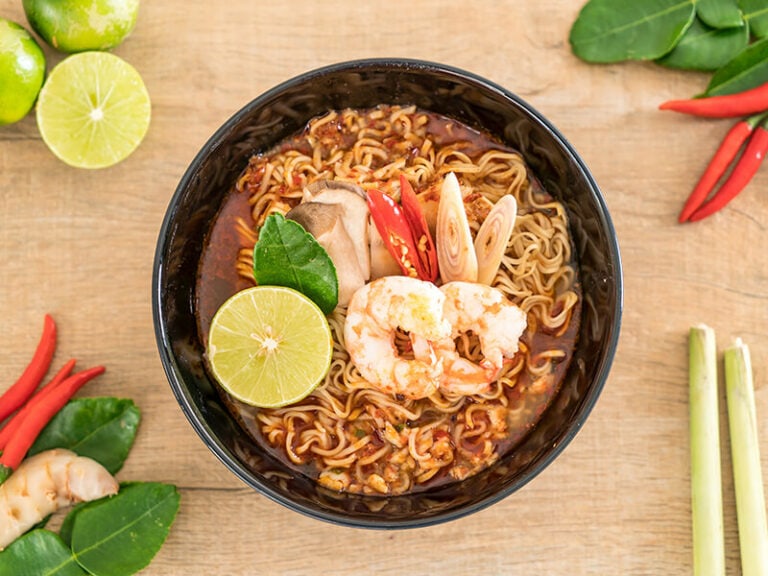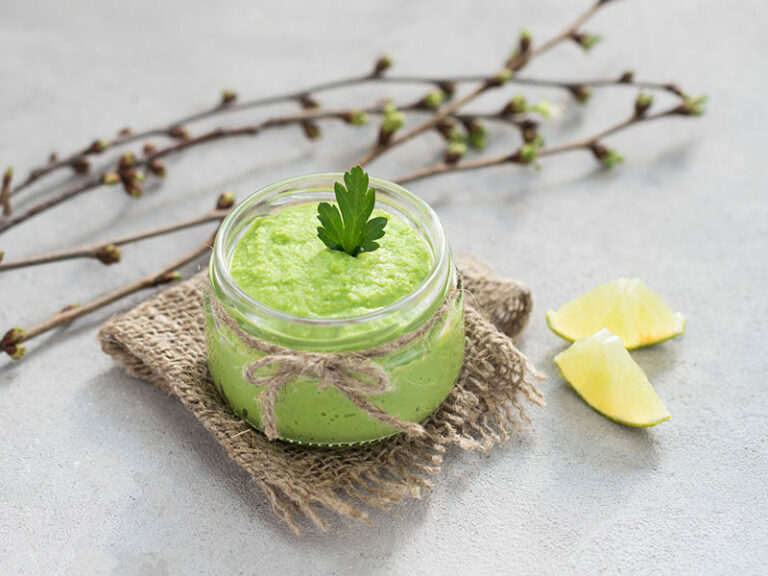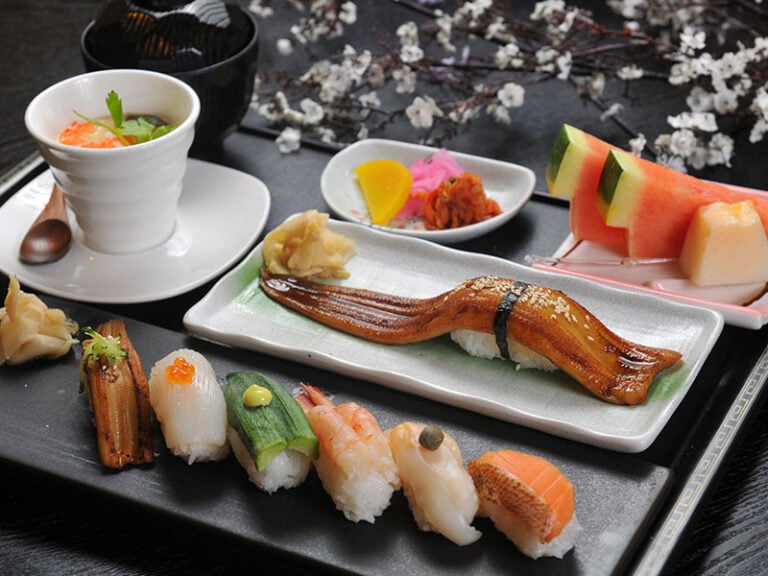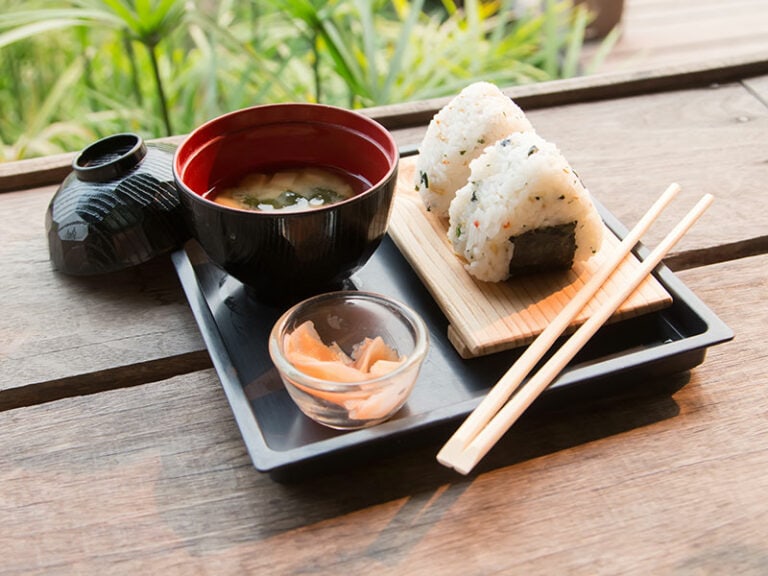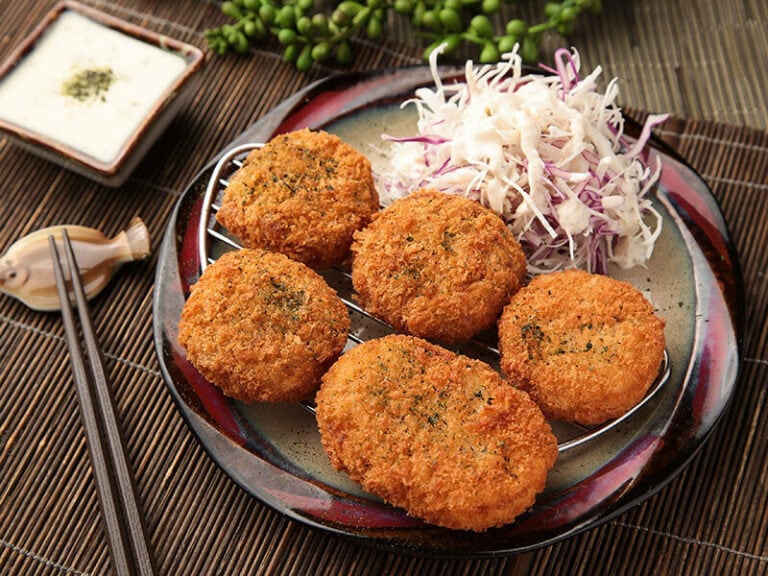Can you eat sushi the next day? Is it safe to eat, or should you discard it? I completely understand why you don’t want to throw away your leftover sushi. Fortunately, with the right preserving method, sushi can last for some time.
Do you have leftovers from homemade or dined-out sushi the previous day and haven’t decided what to do with them? This article is here to help you clear this question. So, read on for must-know information about leftover sushi!
Can You Eat Sushi The Next Day?
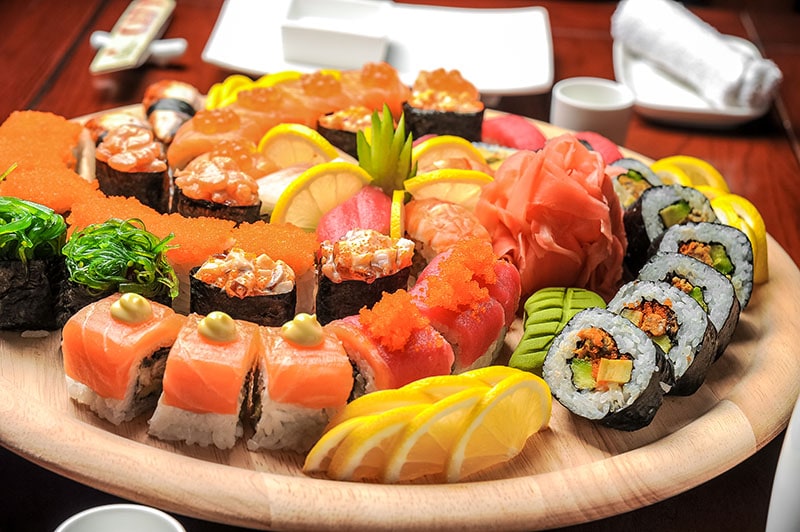
Sushi is a food art of Japanese cuisine with vinegared rice, raw or cooked fish, seafood, and vegetables. Because of the raw fish or meat ingredients, it is best to consume freshly made sushi. What about eating leftover sushi at another time: is it really safe?
There are 2 deciding factors that would affect whether your sushi is good for the next day. The first element is how that sushi is stored, and the second one is what type of sushi it is.
Storage is vital in keeping food fresh and safe for consumption. Though some foods are not as easily spoiled as others, improperly storing them can make foods go bad quickly. This is especially true of sushi containing raw meats.
Following the USDA Food Safety guideline, it is not safe to eat perishable food, including sushi, that has been left at room temperature for 2 hours (1). That says you cannot eat leftover sushi the next day if it has been out overnight.
So, when can you enjoy sushi after the day you made or bought it? The answer to that question is that it is only safe when you refrigerate it. Storing it at 40 F or below as quickly as possible is the key to keeping it fresh and safe.
Then, it would be safe for you to enjoy the leftovers, whether it is cold from the fridge or reheated.
Once you have stored the sushi correctly, how long it will last would depend on what kind of sushi it is. Does your sushi have raw or cooked meats? Or is it made of only vegetables? The next section will tell you all about that.
Here are things you need to know about how to eat sushi correctly!
How Long Does Sushi Last?
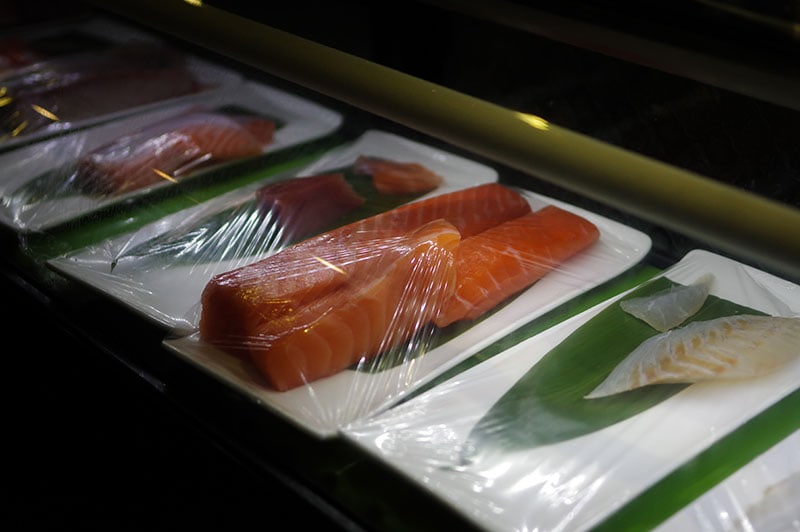
Both storage conditions and ingredients affect how long sushi lasts. The table below will present the shelf life of different sushi types at various temperatures.
Like other perishable foods, sushi can never last long at room temperature. The temperature range between 40 F and 140 F is considered the danger zone, where the foods would go bad very quickly.
Discard sushi that has been at a temperature of 40 F or above for over 2 hours and at over 90 F for over 1 hour. Bacteria grow quickly in this warm environment and contaminate your foods.
Different ingredients making the sushi will determine how long its shelf life is when stored at 40 F or below. If raw fish or seafood is the main ingredient of the sushi, then you should consume it within 1 – 2 days (2).
However, because you don’t always know exactly the quality of fresh ingredients in your sushi, I recommend eating sushi with raw meats within 24 hours for the best taste and freshness. The quicker you consume raw fish or seafood, the fresher and safer it is.
When the sushi is made of cooked seafood and other cooked ingredients, it can last for 3 to 4 days in the fridge. Therefore, you can have its leftovers cold for the next few days.
Follow these simple steps to turn leftover sushi rice into yummy fried rice.
What Are The Signs Of Spoiled Sushi?
How do you know when the sushi you have made or taken from a restaurant has gone bad? Check for the following signs, and if you see any of these on your sushi, don’t regret throwing it into the trash can.
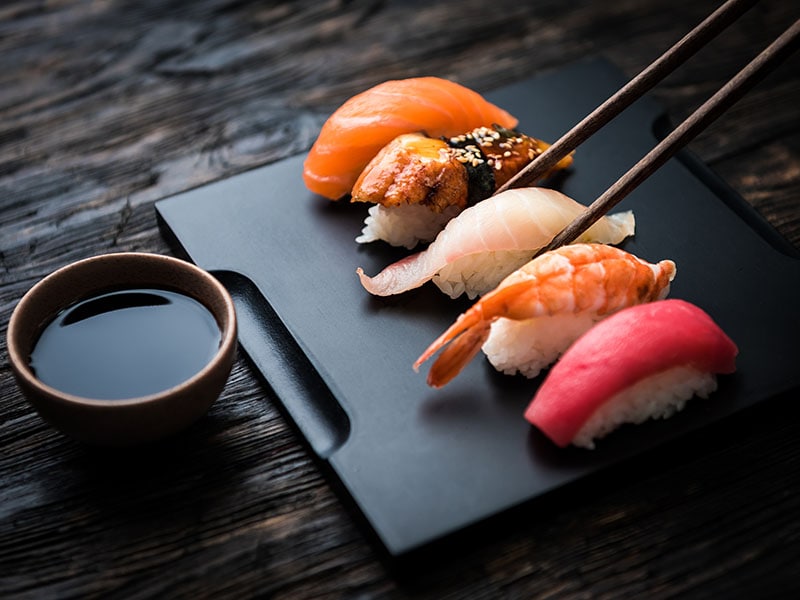
Funky Smell
Smell the fish and see if it has an unusually strong odor which fresh fish would not have. A good sushi smell should boost your appetite, whereas old sushi releases an unpleasant odor you would not desire to eat.
Unfortunately, sometimes stores or restaurants serve not-so-fresh raw fish in their sushi. They normally refrigerate the fish extremely cold to mask its fishy smell. So, if you eat sushi with terribly cold fish, that fish might not be fresh.
Unfirm Fish’s Texture
Fish’s texture is another good indicator of spoilage. You can gently touch the fish slice and feel if it is still firm and fresh. If you didn’t sense that elasticity but a soft and slimy feeling instead, it would not be good to eat anymore.
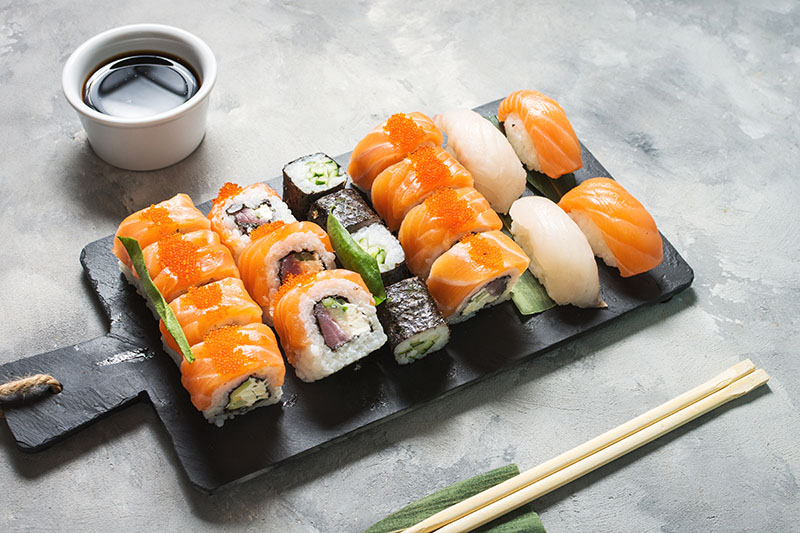
Slimy Rice
When the rice does not have a clean look but is sticky and slimy, it has gone bad. There is nothing else to do but get rid of that bad sushi.
Sour Taste
A sour taste is one of the spoilage signs in sushi. Eating sushi that has an off-taste is not advisable because it may cause bad health effects.
Sushi is normally flavored with sugar and vinegar and, thus, is slightly sweet and sour. However, you should stop eating that piece when your bite feels unusually sour.
Change Of Color
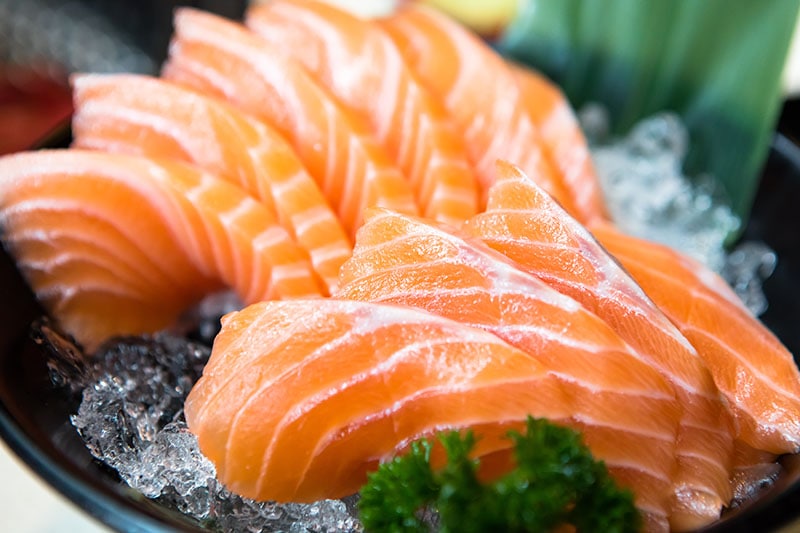
While fresh fish, seafood, and meats have bright colors and shiny cuts, their colors change, and their look turns dull when they go bad. You can distinguish these changes by looking at the sushi pieces.
For example, fresh salmon is bright orange, but when its flesh turns gray, or there are dark spots and milk-white zones, it is probably not fresh. Regarding tuna, good tuna is deep red or light pink, whereas spoiled tuna is milky with brown shades.
Let this presentation show several ways to tell whether salmon is fresh.
Wilted Nori Sheets
Some kinds of sushi are wrapped in a Nori sheet which is crispy to eat, so when the Nori sheets become wilted or mushy, you should avoid eating them.
Other Indicators
Besides those signs mentioned above, other indicators can tell if the sushi has gone bad. For example, if the sushi has been exposed to the air for a long time, the rice gets hard and dry, and eating it may not be a good idea.
Other than that, when you see mold or insects in the sushi, it is best to discard it. So, please check the sushi leftovers with your eyes and nose to ensure they are edible.
How To Store Leftover Sushi Properly?
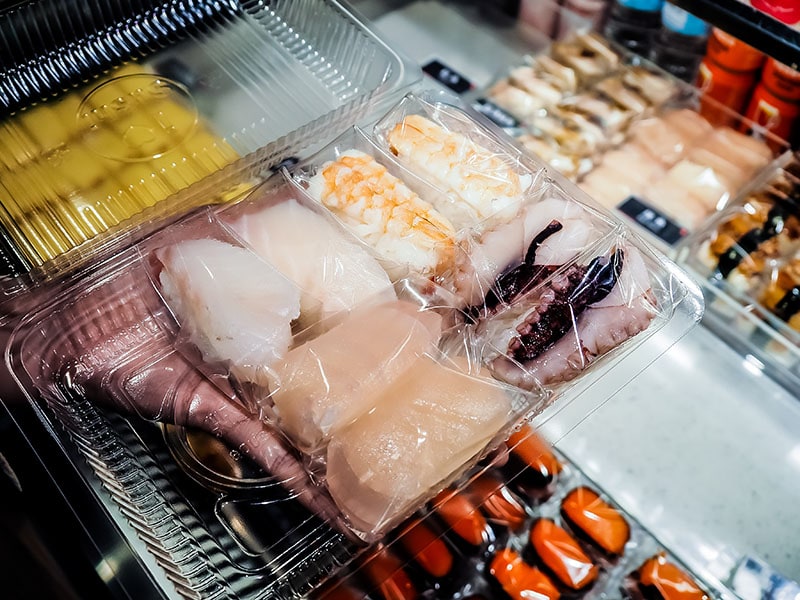
If you don’t want to waste any leftover pieces of delicious sushi, here are the things that you should do. First, putting the leftovers in the fridge timing is an important factor in preventing the leftovers from spoiling. Try to store it within 30 minutes after your meal.
Second, make sure the leftovers don’t include any bad pieces. Otherwise, they can affect all the good ones.
Then, check if the sushi is dry and wrap them tightly in plastic to keep the food’s moisture and protect it from harmful bacteria. This step also helps you keep other foods in the fridge from the smell of raw fish.
Next, put them in a zipper bag or an air-tight container before storing them in the fridge. By doing this, the leftovers will be good for up to 2 days for raw sushi and up to 4 days for cooked ones.
Freezing sushi is also an option, making them last longer, for 1 to 2 months. Nonetheless, I don’t recommend it because defrosting the sushi later would alter the texture and taste. Your food will not taste the same as when it was fresh.
Tips To Keep Sushi Longer And Fresher
The good news is that there are certain things that you can do to keep the sushi longer and fresher. These small actions can make a big difference to your leftover sushi, so don’t skip them.
Separate The Sauce
Besides causing sushi to be soggy, various ingredients in the sauce can cause your sushi to get spoiled quickly. Thus, it is best to separate it from the sushi to preserve it better.
Use Vinegar Or Lemon Juice
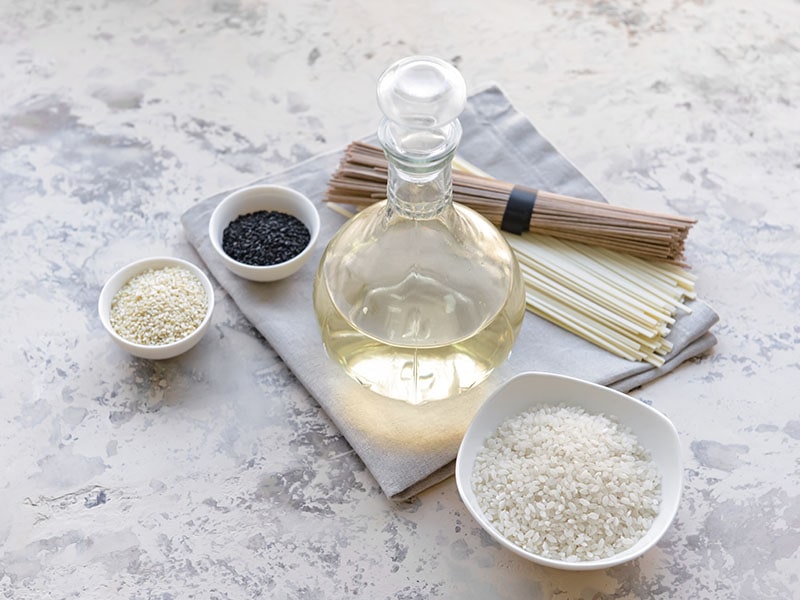
Try to apply a little bit of rice vinegar, or you can substitute lemon juice on the sushi to keep it good longer. This is a simple way to preserve foods better. If you haven’t used this method, why don’t you try it the next time?
Learn to make sushi rice with rice vinegar through this guide.
Add Some Soy Sauce To The Wrapper
Soy sauce matches well with sushi. Before wrapping the sushi in plastic wrap, you can use a paper towel wet with soy sauce to wrap around it. The soy sauce enhances the sushi flavor and prevents it from drying out.
Bake The Sushi
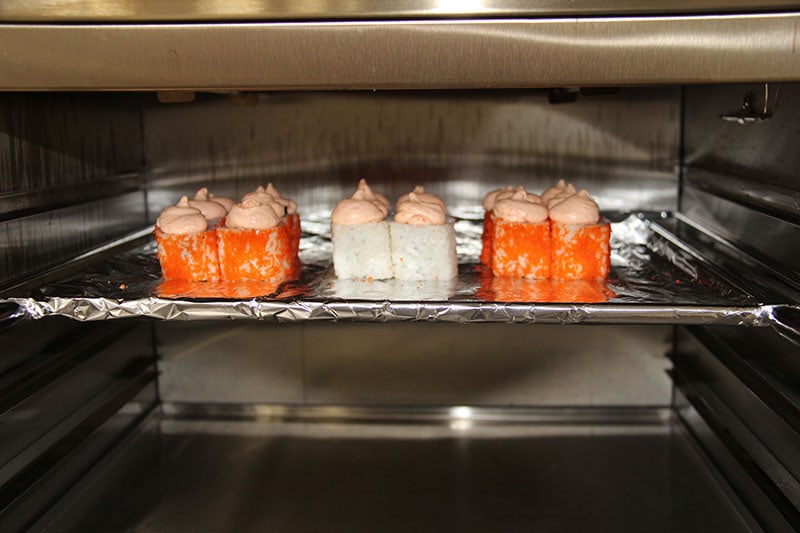
While some people are fine with leftover cold sushi from the fridge, others prefer reheating it. The common way to reheat sushi is by using a microwave. However, this will not be as good as when it is fresh.
But did you know that you can bake sushi? Compared to the microwave, reheating leftover sushi in an oven is a better choice that can keep its good taste the next day. You can bake it for about 8 minutes at 352 F.
What Happens When You Eat Spoiled Sushi?
You should not risk eating spoiled foods because dangerous bacteria and toxins can get inside your body and hurt your weak immune system. So, don’t eat old sushi which has passed its prime and turned bad.
Spoiled fish in contaminated sushi can cause scombroid food poisoning. The symptoms can vary from headache, itchiness, and red-marked skin to diarrhea and blurred vision (3).
Another health safety concern when eating sushi is parasites. Despite raw fish and seafood’s fine taste and nutrition, foods made with these, such as sushi or sashimi, are more likely to contain viruses, parasites, or bacteria (4).
Besides, the kind of large fish in sushi contains a high mercury level, which is a toxic heavy metal. Eating large amounts of food containing mercury and its poison can attack your brain and kidneys.
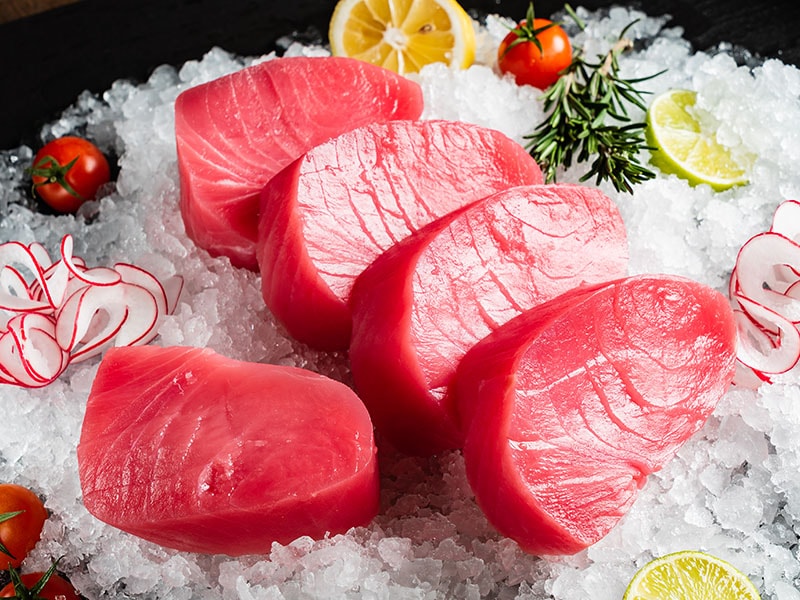
FAQs
There are many other related questions that you may find helpful. So, it is worth reading just a bit more to have comprehensive information about eating sushi.
Eat Your Sushi As Fresh As You Can
Certain foods taste just as good the next day, but when it comes to sushi, the fresher it is, the better. This is especially true for sushi that contains raw fish or seafood, as it’s more prone to spoilage.
Furthermore, if you think you won’t be able to consume all the sushi you have bought, set aside the remaining and store them properly in the fridge.
I hope that you have enjoyed your time reading this post. I would not mind if you have more questions; just leave me a comment. Also, giving me a like or share would greatly encourage me to write more helpful articles. Thank you!
References
- Food Safety and Inspection Service (no date) Leftovers and Food Safety | Food Safety and Inspection Service.
- Seafood handling and storage (no date) SEAFOOD HEALTH FACTS.
- Scombroid food poisoning (2022) Wikipedia. Wikimedia Foundation.
- Gilmerm (2022) Get the scoop on Sushi Safety, Cleveland Clinic. Cleveland Clinic.

